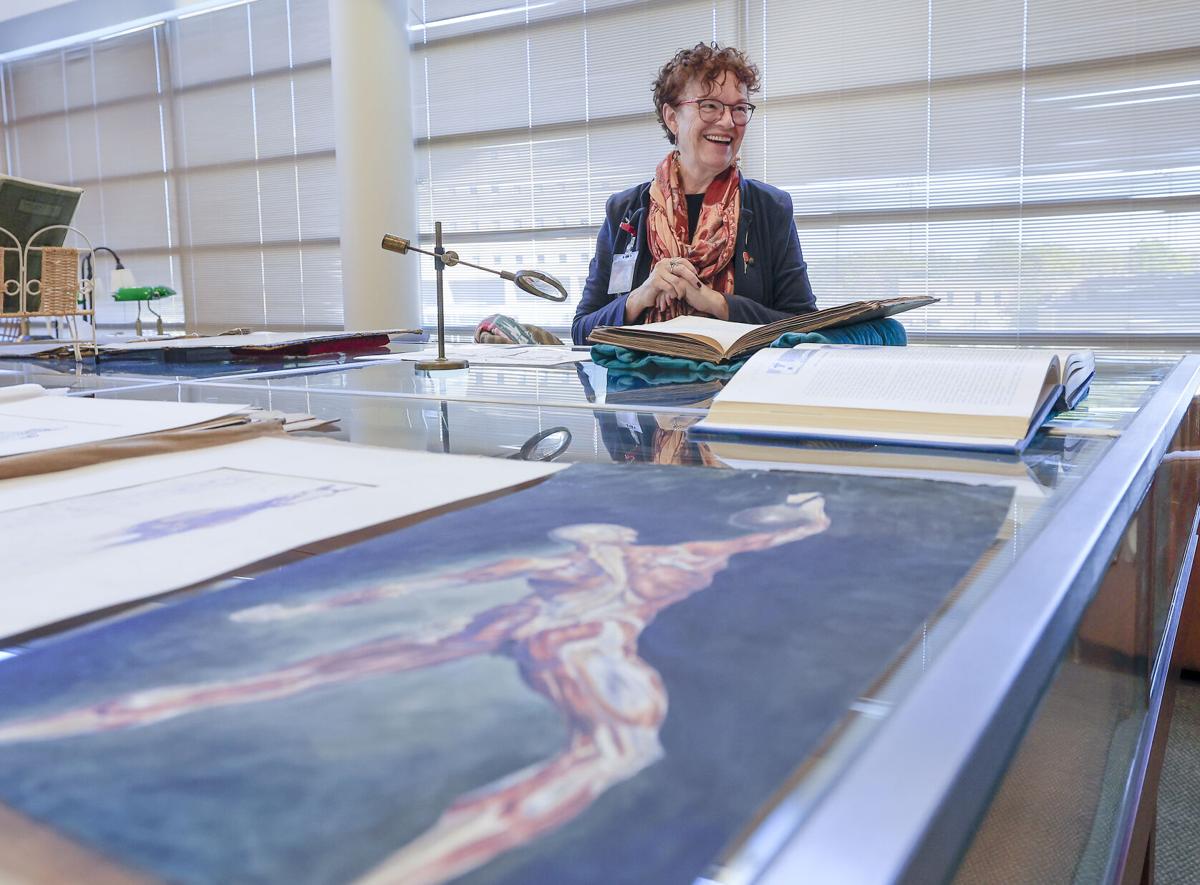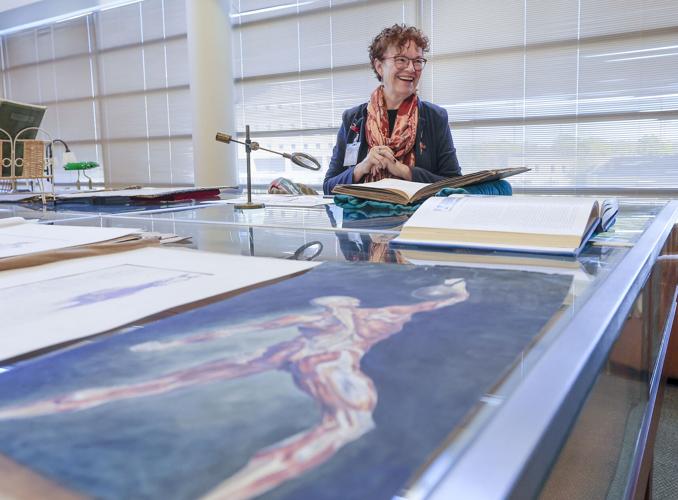Before the Food and Drug Administration in 1997 eased restrictions on direct-to-consumer ads by drug companies, leading to the flood of television ads today, most drug ads were targeted at doctors in printed medical journals.

This 1945 Camels ad was directed at doctors returning from World War II.
Even tobacco companies appealed directly to doctors, touting cigarettes as stress relief, such as in a 1945 Camel ad in the American Journal of the Medical Sciences, headlined, “Welcome Home, Doctor!”
Micaela Sullivan-Fowler, a librarian at UW-Madison’s Ebling Library for Health Services, has culled nearly 30,000 such ads from 1923 to 2007 into the digital Health Advertisements Database from Ebling Sources, or HADES. Former colleague Amanda Lambert and several students helped her compile the database, which continues to grow.
People are also reading…
Sullivan-Fowler, 70, who was born in Massachusetts and started working at UW-Madison in 1998, plans to retire in December. She put together numerous exhibitions over the years in the historical reading room at Ebling, on the third floor of the Health Sciences Learning Center next to UW Hospital. Topics include World War 1 and the 1918 pandemic, informed consent and the “mixed blessing” of radiation.

"The Vault," at UW-Madison’s Ebling Library for the Health Sciences, contains materials dating back to the 15th century, including a first edition of the influential anatomy text "On the Fabric of the Human Body in Seven Books," by Andreas Vesalius, published in 1543.
An oil painter and fabric artist, Sullivan-Fowler, who lives on Madison’s West Side, plans to enjoy those hobbies more in retirement. She and husband Pete Fowler also want to spend more time with their two adult children and four grandchildren.
Not surprisingly, she also intends to read. “Books have always been my salvation and my inspiration,” she said.
How did you get interested in health library sciences?
When I was living in California in junior high and the beginning of high school, I wanted to be a marine biologist or a veterinarian. But I was always in libraries, from grade school forward. One of my most talismanic loves was the checkout card, where you got the stamp and put your name.

Ads from medical journals are being digitized and included in the Health Advertisements Database from Ebling Sources, or HADES, at UW-Madison.
I learned you could get a master’s degree in library science, which I did at the University of Illinois in Urbana-Champaign. I did my practicums at the veterinary medicine library, the medical school library and the hospital library, and I realized those were niches that really resonated with me. I like finding stuff, and I like helping other people navigate how to find stuff.
In my exhibitions, I try to make heady, layered subjects accessible, in a History Channel sort of way.
In putting together HADES, what did you learn?
These ads, almost always at the back of journals, are visual culture, indicative of gender, race, medical practice, religion, anything you can think of.
Some ads from the 1920s were done by artists. (Andrew) Wyeth, the painter, used to do advertising. Many of the ads from the 1940s have military language in them, a lot of battle metaphors.
What are some of your favorite ads from the collection?

This 1953 ad for an asthma gel exemplifies illustrations previously used in medical ads.
I like one from 1953 for a gel to treat asthma. The image, of a woman trying to catch her breath, is viscerally powerful. It’s more artistically compelling than a person sitting on a couch with an inhaler.
Another one, for Robitussin cough syrup, in 1972, is interesting because of the copy and what it says about the ethics of advertising. (The ad shows a TV weatherman giving a forecast.) It says, “the word gets around by professional recommendation, not television advertising – and we want to keep it that way … And we believe medicine should be recommended by a professional, not a weatherman.”
One from 1957, for the baby formula Similac (showing a mother holding a baby), says it’s to help “reduce maternal anxieties.” Some people might think postpartum depression is new, but this has been going on for decades.
Given your 2018 exhibition about the 1918 flu pandemic, what similarities were there to how we experienced the COVID-19 pandemic?
In 1918, they didn’t have a vaccine, but they were trying to develop one. They made linen masks, and people were sanctioned if they weren’t wearing a mask.

Micaela Sullivan-Fowler is working on her last exhibition at Ebling Library for the Health Sciences: "Swan Song: Adoration & Thanks for All Who Made This Possible," about donation of books, materials and bodies in the name of science. It will open Nov. 13.
More than 50 million people died in 1918-19 (worldwide, with an estimated 675,000 deaths in the U.S.), mostly within about nine months. People were used to mortality in a way we’re not now. The COVID-19 pandemic (with more than 7 million deaths reported since early 2020, including 1.2 million in the U.S.) was more protracted.
In 1918, there was also a local debate about taking away the things we are used to having — football games, dances on campus.
What are three medical history books you recommend to the general public?
“Blood & Guts: A Short History of Medicine,” by Roy Porter, 2002: He was a crazy, British historian, so readable and so dramatic.
“Pushing Cool: Big Tobacco, Racial Marketing, and the Untold Story of the Menthol Cigarette,” by Keith Wailoo, 2021: A lot of history that’s come out in the last 10 years is by people of color who haven’t been part of the narrative. This book is academic, but it’s edgy and accessible. He’s an amazing storyteller.
“Sickness & Health in American: Readings in the History of Medicine and Public Health,” edited by Judith W. Leavitt and Ronald L. Numbers, of UW-Madison, from the University of Wisconsin Press, 1978: These essays are meaty and good for discussion.



















